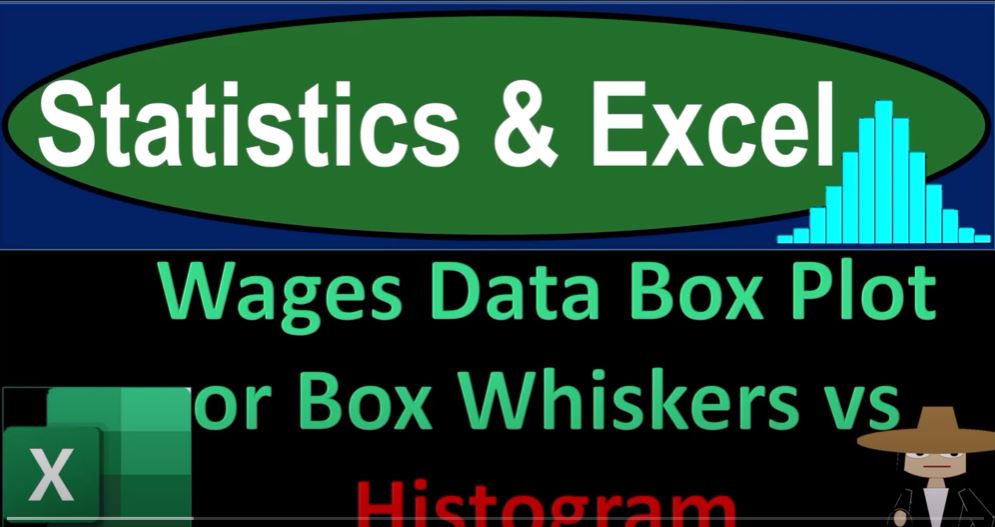Data visualization is a powerful tool in the field of statistics, aiding in the interpretation and understanding of complex datasets. In this blog post, we will delve into two popular types of data visualization in Excel: box plots (also known as box and whisker plots) and histograms. These visualizations provide insights into data distribution, central tendencies, and outliers. We’ll guide you through the process of creating these visualizations and highlight their distinctive features.
Box Plots (Box and Whisker Plots): Box plots offer a comprehensive view of data distribution, displaying important statistics such as the median, quartiles, and potential outliers. To create a box plot in Excel, follow these steps:
- Select the data range.
- Navigate to the “Insert” tab and choose “Box and Whisker” from the charts menu.
- Customize the plot by adding titles, labels, and formatting as desired.
- Interpret the key elements, including the median, quartiles, and outliers.
Histograms: Histograms provide a visual representation of the frequency distribution of a dataset. They showcase how data is spread across different intervals or bins. To create a histogram in Excel:
- Select the data range.
- Go to the “Insert” tab and choose the histogram type.
- Adjust parameters like bin width to control the number of bins and data granularity.
- Analyze the histogram to understand data distribution, peaks, and potential gaps.
Comparing Box Plots and Histograms: Both box plots and histograms reveal valuable insights about data distribution, central tendencies, and outliers. Here’s a quick comparison of their advantages:
Box Plots:
- Highlights median, quartiles, and potential outliers.
- Provides a quick overview of data spread and skewness.
- Ideal for comparing multiple datasets side by side.
- Shows overall distribution shape.
Histograms:
- Visualizes frequency distribution and data density.
- Helps identify modes, peaks, and gaps in data.
- Suitable for exploring individual datasets.
- Indicates distribution characteristics, such as symmetry or skewness.
Conclusion: Excel offers versatile tools for creating box plots and histograms, enabling analysts to visualize and understand data patterns more effectively. Whether you’re analyzing wages, sales, or any other dataset, these visualizations empower you to uncover hidden insights and make informed decisions. As you become more proficient in using these tools, you’ll be better equipped to explore data’s underlying story, its outliers, and its distribution characteristics. Stay tuned for more insights into data visualization techniques and strategies.

